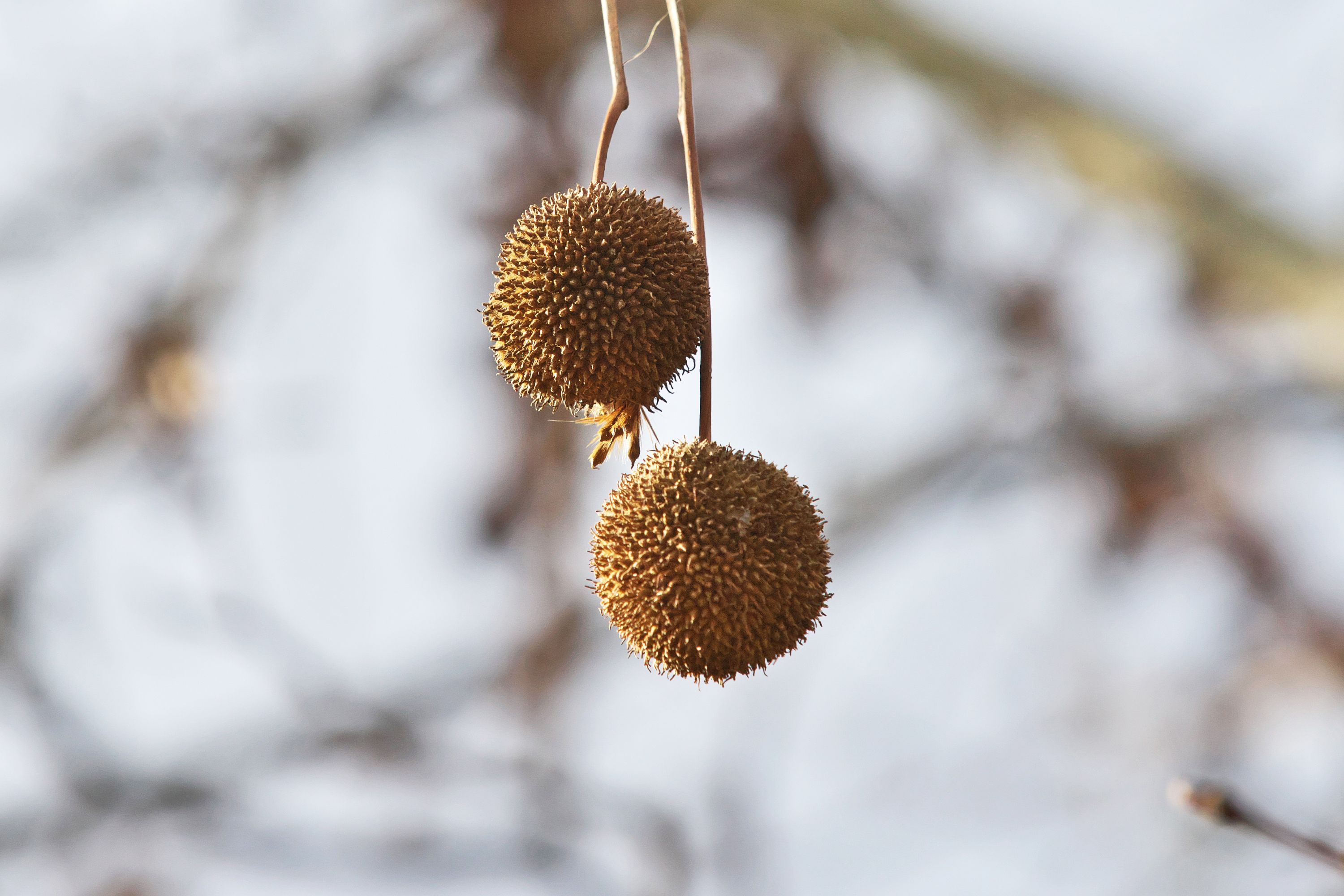London planetree
(Platanus hybrida)

Description
Platanus hybrida is a species of Magnoliopsida described by Felix de Silva Avellar Brotero. Platanus hybrida belongs to the genus Platanus, and the family Platanaceae. None of these subspecies are listed. Platanus is a genus consisting of a small number of tree species native to the Northern Hemisphere. They are the sole living members of the family Platanaceae. All mature members of Platanus are tall, reaching 30–50 m (98–164 ft) in height. All except for P. kerrii are deciduous, and most are found in riparian or other wetland habitats in the wild, though proving drought-tolerant in cultivation. The hybrid London plane (Platanus × acerifolia) has proved particularly tolerant of urban conditions, and has been widely planted in London and elsewhere in the United Kingdom. They are often known in English as planes or plane trees. A formerly used name that is now rare is plantain tree (not to be confused with other, unrelated, species with the name). Some North American species are called sycamores (especially Platanus occidentalis), although the term is also used for several unrelated species of trees. The genus name Platanus comes from Ancient Greek, which referred to Platanus orientalis. The flowers are reduced and are borne in balls (globose heads); 3–7 hairy sepals may be fused at the base, and the petals are 3–7 and are spatulate. Male and female flowers are separate, but borne on the same plant (monoecious). The number of heads in one cluster (inflorescence) is indicative of the species (see table below). The male flower has 3–8 stamens; the female has a superior ovary with 3–7 carpels. Plane trees are wind-pollinated. Male flower-heads fall off after shedding their pollen. After being pollinated, the female flowers become achenes that form an aggregate ball. The fruit is a multiple of achenes (plant systematics, Simpson M. G., 2006). Typically, the core of the ball is 1 cm in diameter and is covered with a net of mesh 1 mm, which can be peeled off. The ball is 2.5–4 cm in diameter and contains several hundred achenes, each of which has a single seed and is conical, with the point attached downward to the net at the surface of the ball. There is also a tuft of many thin stiff yellow-green bristle fibers attached to the base of each achene. These bristles help in wind dispersion of the fruits as in the dandelion. The leaves are simple and alternate. In the subgenus Platanus they have a palmate outline.
Taxonomic tree:







